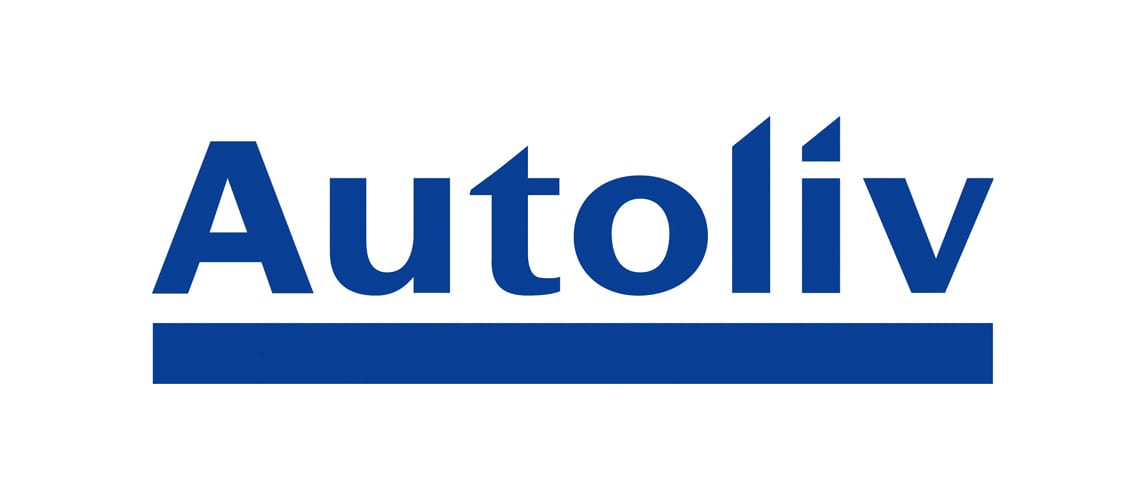

Background
The human body is fascinating, and investigating its structural composition is interesting for many applications. One important application is within vehicle safety, where finite element (FE) models of the human body are used to analyze overall kinematics and mechanical responses of a car occupants involved in crashes. The human body models (HBMs) are used to identify injury occurrence based on physical quantities such as stresses or strains in the different body parts. For the SAFER HBM, the injury prediction of the ribs is considered accurate, and now it is time to improve the thoracic model so that it also predicts sternal fractures.
Aim and objectives
The aim of this Master thesis is to develop a risk function for sternal fractures that can be used to predict fractures in vehicle crash simulations. This will be done by using the following steps:
Learning outcomes
Students will gain experience with industry tools for crash simulations, such as LS-Dyna for dynamic explicit FE simulations, Ansa for pre-processing, and Metapost for post-processing. The students will gain skills in material testing as well as knowledge in methods for simulation of complex geometrical shapes.
The project is suitable for two students with an FE background. Interest in biomechanics is meritorious. The project will be carried out as a collaboration between Autoliv Research, Vårgårda Sweden, and the Vehicle Safety division at Chalmers University of Technology, Gothenburg, Sweden.
Supervisors
Oscar Hallberg (oscar.hallberg@chalmers.se), Division of Vehicle Safety M2
Karl-Johan Larsson (karl-johan.larsson@autoliv.com), Autoliv Research
Ansök här
Sök stipendier i Sveriges största stipendieportal
Se alla stipendier »Sök lediga jobb från Sveriges attraktivaste arbetsgivare i vår jobbportal
Se lediga jobb »Sök traineeprogram från Sveriges attraktivaste arbetsgivare
Se traineeprogram »